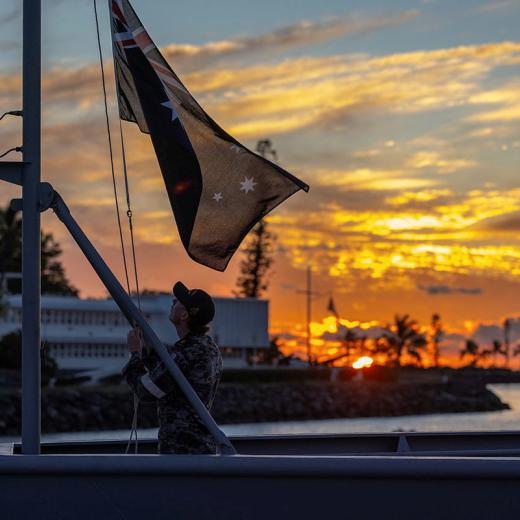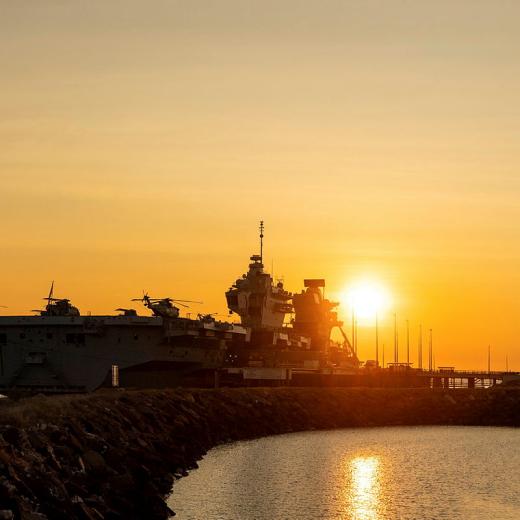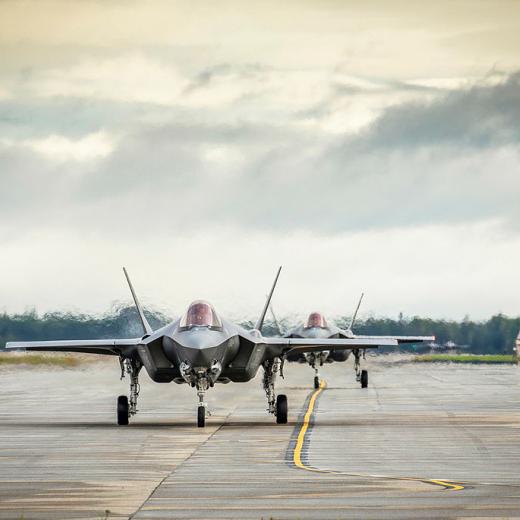BLUF
This article argues that Britain’s most famous Admiral, Horatio Nelson’s string of victories was not due to inspired recklessness but instead was achieved through showing leadership and taking the initiative consistent with his commander’s battle plans and intent.Summary
This article by Ryan Mewett in War on the Rocks makes the following points:
- In 1797, a British fleet off Cape St. Vincent, Portugal, defeated a Spanish one nearly twice its size.
- The victory demonstrates leadership and decision making.
- Fleets typically formed into a single line ahead in preparation for battle, simplifying command and control.
- Fleets battled it out in parallel lines.
- Aggressive admirals tried to break these lines.
- As the battle progressed, Commodore Horatio Nelson ordered his badly damaged vessel to be crashed alongside the nearest Spanish vessel and personally led the boarding parties.
- Was this action breaking the line, inspiring willful disobedience, or following the commander’s intent?
- Nelson had a “close relationship with Admiral Jervis”, the commander of the Fleet, so, although acting against the strict letter of the orders, he remained within their spirit.”
- “The Nelson touch” refers to early and frequent communication of aims, intentions, and tactical mindset to subordinate captains.
- Nelson had confidence in the better training and capability of his men.
- The Royal Navy maintained a surge workforce of civilian mariners providing more trained seamen in war than their enemies.
- Training enabled them to fire 2 to 3 times faster than their opponents.
- Confidence in victory helped British ships to close their enemies and fire at their hulls.
- British opponents generally fired at the rigging from a greater distance.
Lessons from the battle for today.
- The best officers lead from the front.
- Robust and open communication up to and down the chain of command and a clear discussion of the commander’s intent enables subordinate commanders to make good decisions that adapt to changing circumstances.
- Frequent, realistic training that improves combat effectiveness gives leaders the opportunity to make bold, aggressive decisions in the face of the enemy.
- Physical courage and decisiveness inspires and empowers subordinates.
References
Recent Runway Posts related to this topic:
- The Duke of Wellington: Forging the 'Iron Duke’ | The Runway (airforce.gov.au)
- The Six Traits Of Inspirational Leadership | The Runway (airforce.gov.au)
References from the Web:
- The Battle of Cape St Vincent, 14 February 1797- Royal Museums Greenwich
- SEP 2016 Leadership Lessons of Lord Nelson-PSA Training and Consulting
- NOV 2019 Wars of the French Revolution: Battle of Cape St. Vincent-ThoughtCo
- DEC 2019 Nelson’s Leadership — the Reason for British Naval Success?-History of Yesterday





